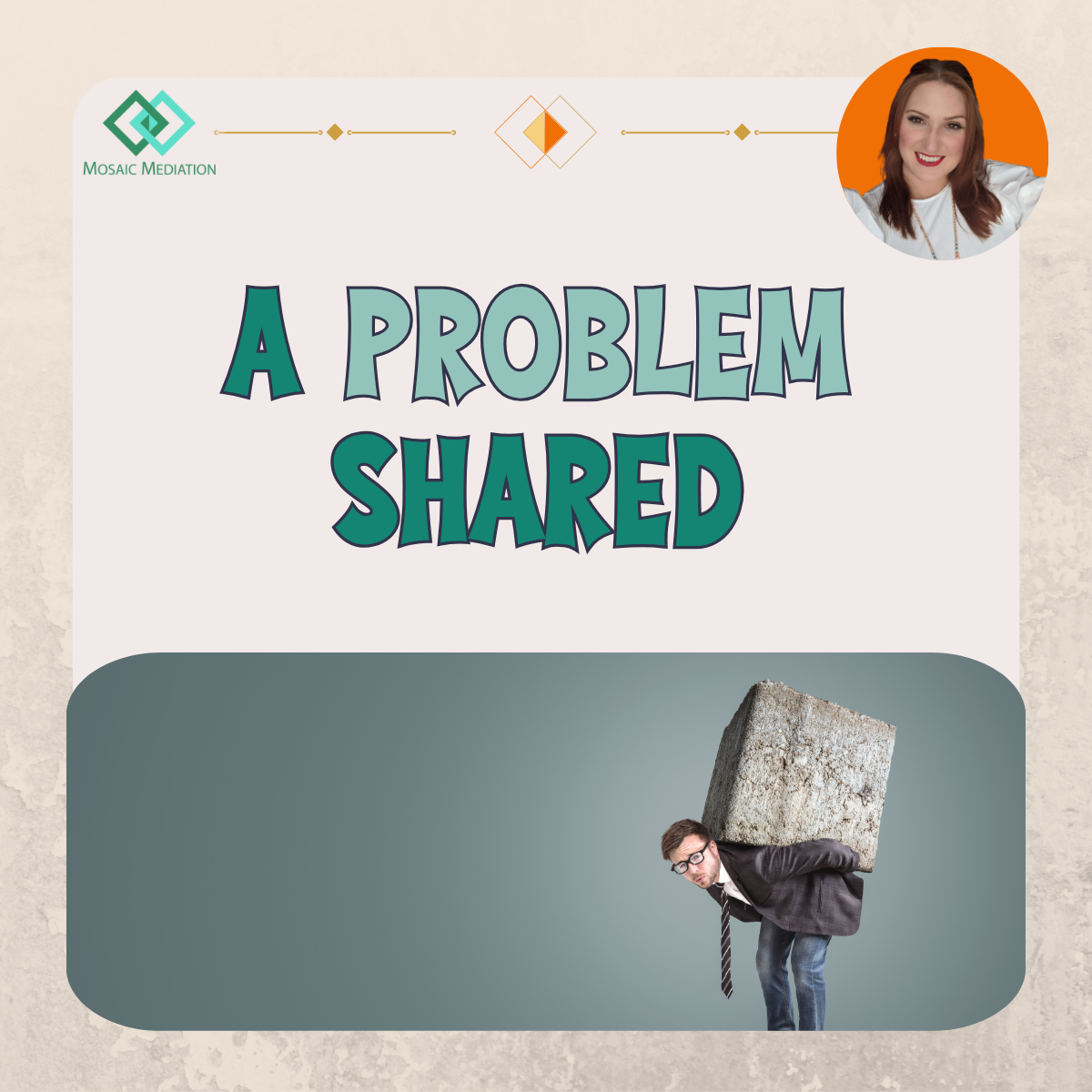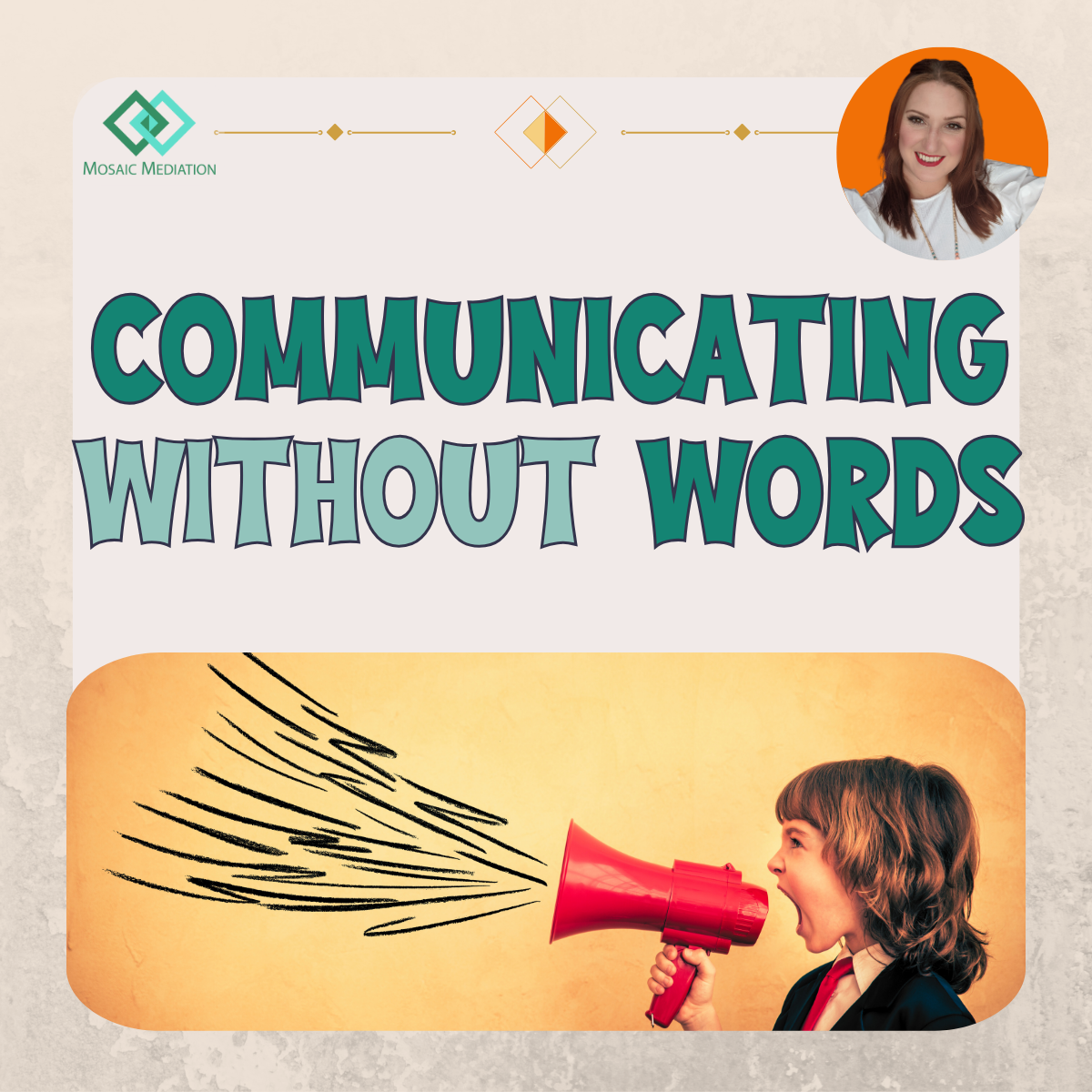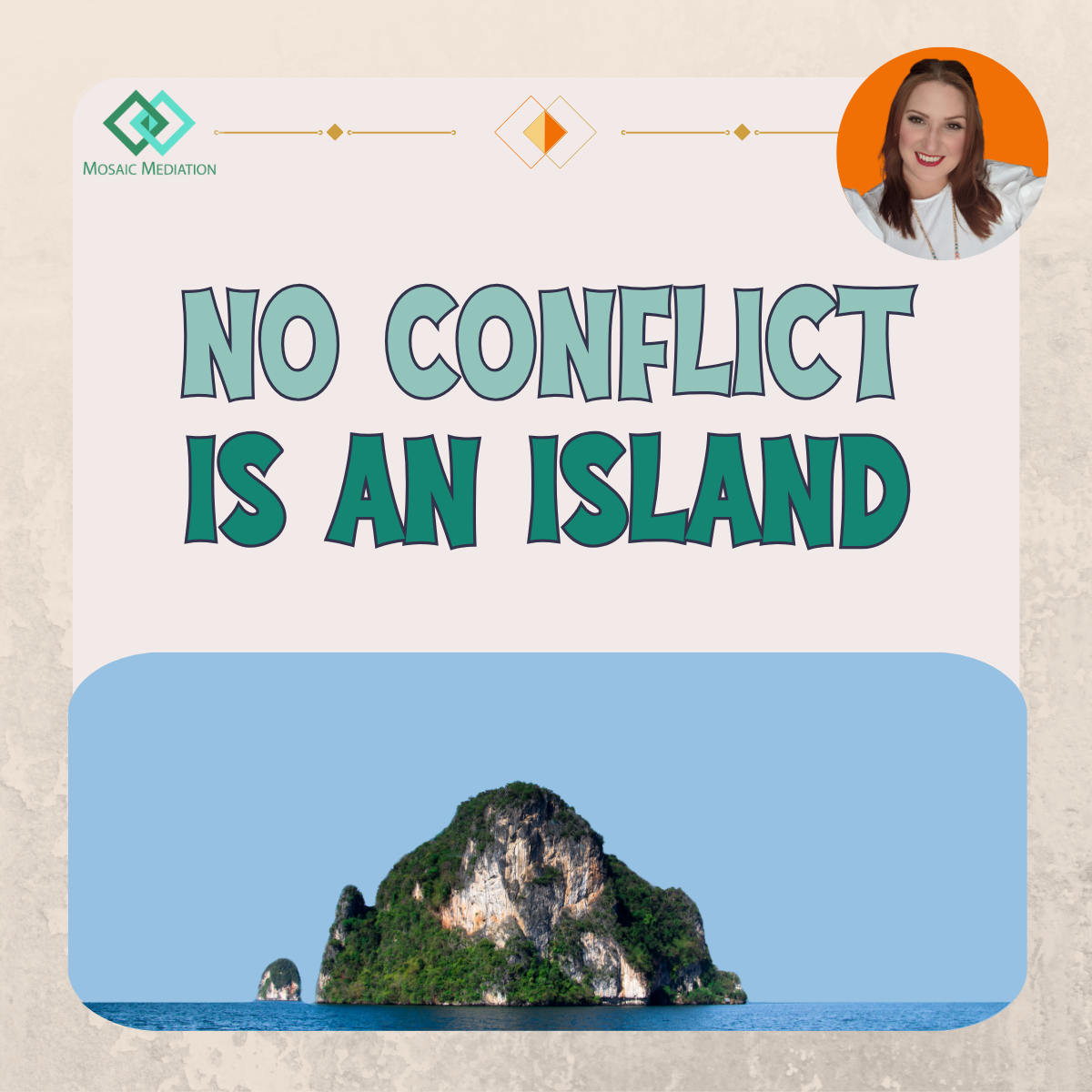Two Against One
The problem with having alliances in a dispute

Don’t you love it when you find your ‘people’ – a group of like-minded individuals who get where you are coming from and share the same values, interest, and principles?
We human beings love a feeling of connection.
So, what about those times when you are around someone who you feel very disconnected from? Perhaps they have a different opinion to you, or you simply don’t understand their behaviour…?
It doesn’t take a sociologist or psychologist to be able to predict that you are less likely to align with them than you are with those who you form an easier connection with. And, on the face of it, there is no huge problem with that very natural, human instinct.
Now, let’s step into my arena for a minute and picture the relationship process that happens in the workplace involving these natural instincts…
Imagine that you are in a team and there is one person in that team that seems to always have an opinion that opposes yours. (Yet, most of the other people in the team resonate with you.) It starts to get a little irritating. During one team meeting, which this individual could not attend, it became clear that you are not the only person feeling this way. The situation continues and from the messages you are getting from other team members, it’s clear that you all are getting a little sick of it.
Tensions are now becoming more palpable to the leadership team and so I get a call to see what I can do.
(Just to be clear, the scenario I am describing does not relate to a specific mediation but refers to common themes I have noticed in multiple mediations that I have facilitated, and my fellow mediators have too.)
Now, what I often see in scenarios where there are more than two people involved is this:
- It looks like the issues of the pair/group against the individual are the same – there are always some differences, even if subtle!
- The individual is often the last to know about the issues.
- The pair/group have discussed the individual on multiple occasions with multiple other individuals.
- The longer these frustrations have been bubbling away, the less keen the pair/group are on finding a win:win resolution to the issues and are more keen for their side to ‘win’ overall.
So, are the pair/group the only protagonists in the situation – the ones who are entirely responsible for the conflict?
In a word, no. Among the shared issues, there will be some legitimate reasons for needing a facilitated resolution. And, sometimes, it can be helpful to have a few voices to highlight concerns that may otherwise be ignored or not come across clearly.
However, as you can see from the above list of common occurrences in this type of scenario, when conflict is handled as a ‘them vs. one’, you may miss some of the necessary factors that would get you to a fully resolved conclusion.
Shared concerns
There may be unity surrounding some of the behaviours or issues, so that is helpful in terms of knowing what needs to be discussed and it may also help empower those who would typically shy away from raising concerns. However, each person in a mediation will have a unique experience of the other people and the situation. Their relationship and the journey to resolving issues may require a slightly different approach and awareness of the issues that are unique to them.
Ignorance is bliss…
…Until it is not! So many individuals in a multi-person conflict situation are surprised by how the pair/group perceive them and their behaviour. Why? Because the pair/group will have discussed this within their small group (and probably with others outside of it too) and feel absolutely clear on the issues. But they are yet to have a calm, productive and direct conversation with the individual. So, the individual has a quite unpleasant realisation about what the issues are but also that other people seem to be aware of them first.
Three’s a Crowd
It can feel very overwhelming, anxiety-inducing and disempowering to have multiple people facing up to one person – even if this individual is seen to be confrontational or overtly confident. It may also feel like they are going to be pushed into submission because it’s ‘two against one’ – a perception of undefeatable power imbalance.
Three is a tricky number for a mediation but it is also quite common. An experienced mediator will be able to judge how to handle each unique case to ensure that the process feels comfortable and fair to each person.
For the Team!
As a general rule, teams want their side to win. You look at any sporting event and the crowd’s reaction of dissatisfaction when the result is a draw…a collective of people want a win for the team. And, sometimes people will do all sorts for the sake of the team, that they would not dream of doing on their own! (I still remember some haunting case studies from my Psychology A-Level classes on the ‘bystander effect’!)
It can lead to people going along with the majority and being desensitized to what ‘fair treatment’ looks like if the group says it’s fine!
If you were to get individuals from each team in a neutral space to chat together though, there will be a greater likelihood of seeing the other person as a unique individual, rather than the opposition.
What are the highlights I want you to take away from this?
1. Notice when factions start to appear within your teams. Friendships are natural and positive, opposed ‘them vs. us’ situations will lead to issues if unaddressed. Encouraging people to relate to each other as individuals, regardless of any developing pairs/factions, will make a thorough resolution much more achievable.
2. Be aware of power imbalances. Even if the individual has behaviours which are perceived as aggressive, (and require attention and challenge) multiple people against one individual will always feel threatening.
3. Multi-party disputes can be resolved fairly and without it feeling uncomfortable – but it requires skill, wisdom, and a tailored approach to each situation.
4. Just like onions (and ogres), all disputes involve many layers. So, there may be common themes but - in a workplace dispute particularly – remember that each person will have concerns which are unique to them.
5. Just because multiple people do, say, or believe the same thing does not make that the truth or the objectively ‘right’ thing to do, say or believe.
If you are relate to the above situation or can see a similar situation emerging in your organisation, please get in touch. Early intervention often only requires a light-touch approach and will be far less complex to manage and resolve.
Emma Jenkings is an experienced, CMC-registered workplace mediator, conflict coach, MHFA, communication skills trainer and DISC practitioner. She is also the assertiveness coach for the Altitude immersive coaching experience and a lead facilitator for Bloom Mediator Mentoring.










